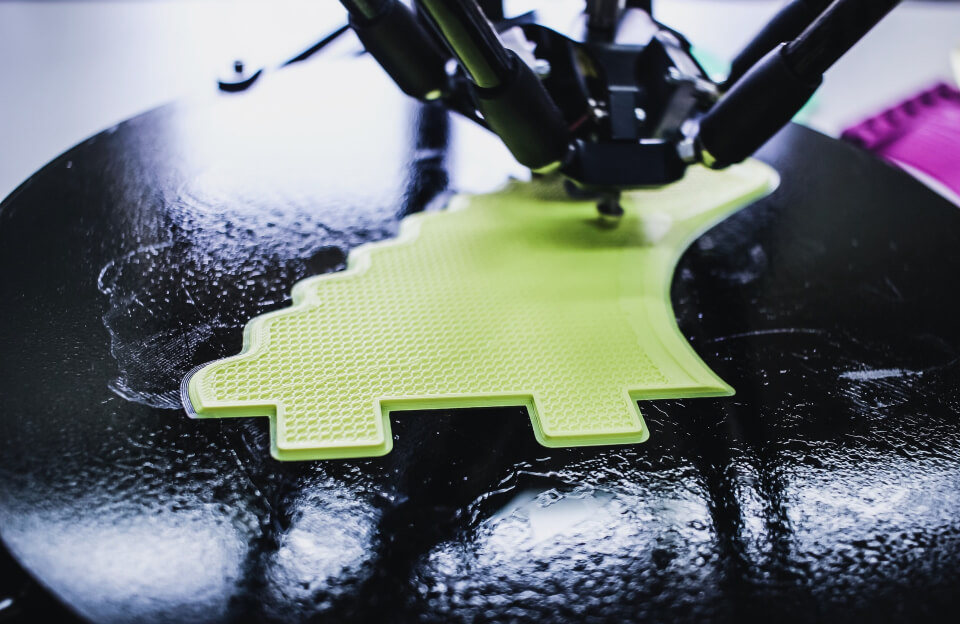The Future of 3D-Printed Glass
Imagine dropping your favorite drinking glass—instead of throwing it away, you simply 3D-print a replacement. Thanks to advancements in additive manufacturing, this futuristic convenience could soon be a reality.
How Does 3D-Printed Glass Work?
Researchers are developing techniques to melt and extrude glass layer by layer, similar to how plastic 3D printing works. Key innovations include:
- Specialized glass filaments that melt at high temperatures
- Precision nozzles to shape molten glass without cracks
- AI-assisted cooling to prevent warping
Why 3D-Print Glass?
✅ Custom Designs – Create unique shapes impossible with traditional glassblowing
✅ Zero Waste – Print only what you need, reducing material waste
✅ Instant Repairs – Fix cracks or chips by printing replacement parts
Challenges to Overcome
⚠ High Temperatures Needed – Glass melts at 1,500°C+, requiring industrial-grade printers
⚠ Fragility – Printed glass must match the strength of blown glass
⚠ Cost – Currently expensive, but prices should drop as tech improves
Real-World Applications
🔹 Home Goods – Custom vases, drinkware, and decor
🔹 Architecture – Intricate glass facades and solar panels
🔹 Medical – Lab equipment and biocompatible implants
When Can You 3D-Print Glass at Home?
Experts predict consumer-grade glass 3D printers within 5-10 years. Companies like MIT’s Mediated Matter Group and Formlabs are already prototyping systems.
#3DPrinting #FutureTech #GlassInnovation #Sustainability


